Elevate Your Editorial Magazine Fashion Photography with Suits
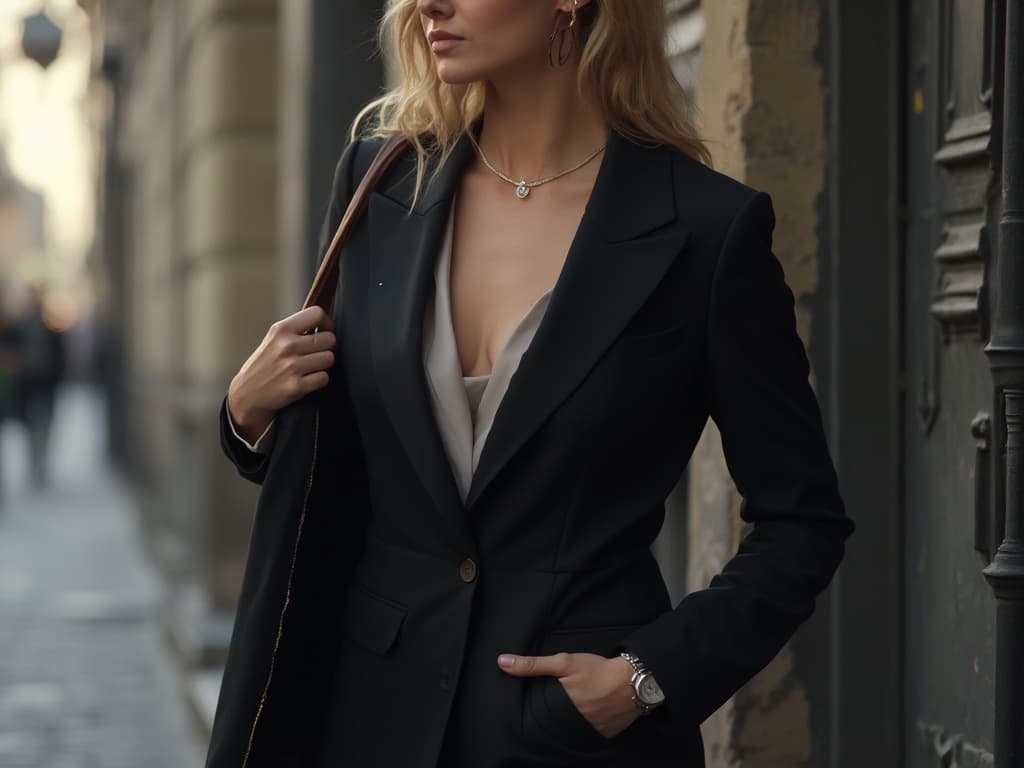
Introduction to Editorial Magazine Fashion Photography for Suits
Editorial magazine fashion photography showcases the latest trends and timeless classics through artistic photographs. When it comes to capturing suits, the complexity and sophistication of these ensembles require a special approach to highlight their elegance and structure. This guide explores how to effectively style, shoot, and enhance editorial photography that features suits, ensuring the imagery resonates with the sophistication and allure suits naturally possess.
What is Editorial Magazine Fashion Photography?
Editorial magazine fashion photography is characterized by its artistic and narrative-driven approach, often blending avant-garde styling with striking visuals to convey a story or aesthetic concept. This style typically features bold compositions, creative lighting, and dynamic poses, showcasing clothing and accessories in a way that captivates the viewer's imagination and elevates the fashion to high art. The intent is not just to display garments but to evoke emotion and provoke thought, making each image a powerful statement within the fashion industry.
How to do Editorial Magazine Fashion Photography for Suits?
-
Choose the Right Suit: Start with a variety of suits that offer diversity in color, cut, and texture. Opt for classic tones like navy, charcoal, and black, and complement them with daring colors or patterns to add a modern twist.
-
Accessorize Wisely: Incorporate elegant accessories such as ties, pocket squares, cufflinks, and watches. These elements can add depth and personality to the suit without overshadowing it.
-
Pay Attention to Fit: Ensure the suit fits the model perfectly. A well-tailored suit makes a significant difference in photography by highlighting the model's silhouette and emphasizing the suit’s design.
-
Coordinate with the Setting: The setting should enhance the suit's aesthetic. Luxurious backdrops like upscale urban environments, minimalistic studios, or classic vintage interiors can create a compelling narrative.
-
Lighting Techniques: Use soft lighting for classic, sophisticated shots or dramatic lighting with shadows to emphasize texture and structure.
Want to Create Editorial Magazine Fashion Photography Images Instantly?
Join thousands of brands already transforming their product imagery with Provamoda. Deliver studio-grade photos and engaging videos at a fraction of the time and cost.

Examples of Editorial Magazine Fashion Photography for Suits

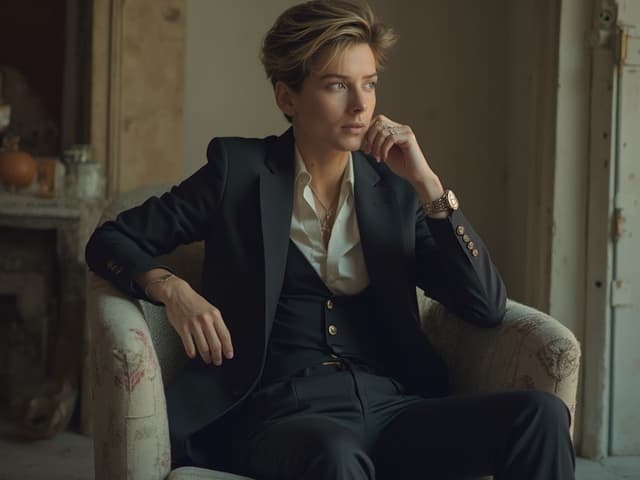

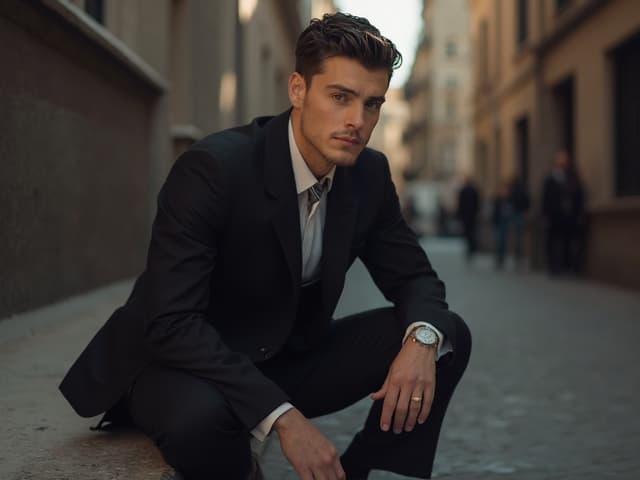
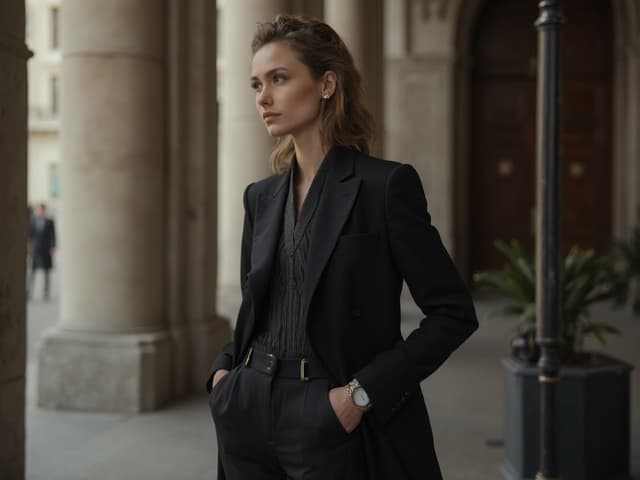
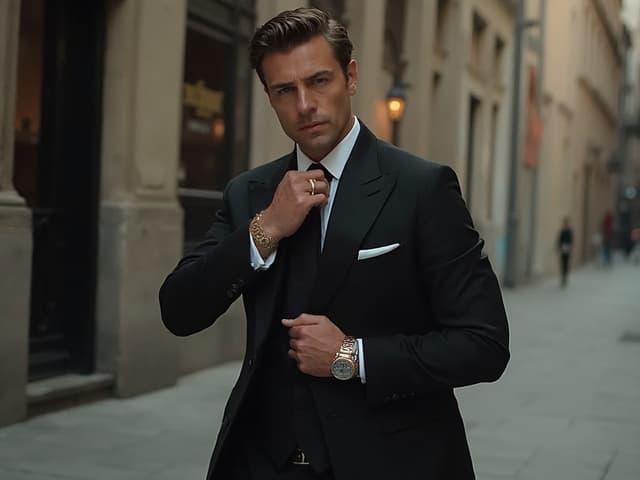
Common Mistakes to Avoid
-
Over-styling: Avoid adding too many layers or distracting accessories that take away from the clean lines and structure of the suit.
-
Ignoring Fit Issues: A poorly fitted suit can look sloppy and detract from the professionalism of the shoot.
-
Neglecting the Environment: Ensure the backdrop and props used resonate with the style and design of the suit, maintaining a seamless narrative.
-
Inadequate Lighting: Poor lighting can flatten the texture and detail of even the most well-crafted suits, making them appear less striking than intended.
-
Over-editing: Too much photo editing can make the suit look artificial; aim for a balance that enhances without distorting reality.
Gear Recommendations
-
Camera: A high-resolution DSLR or mirrorless camera is ideal for capturing intricate details in fabric and accessories, like the Canon EOS R5 or Nikon Z7 II.
-
Lenses: Use a prime lens, such as a 50mm or 85mm, for portrait-like imagery and a wide-angle lens, such as a 24-70mm, for capturing more dynamic compositions.
-
Lighting Equipment: Utilize softboxes and reflectors to manage shadows and highlight textures delicately.
-
Tripod and Stabilizer: To ensure sharpness and stability in your images, especially in dimly lit environments.
-
Editing Software: Adobe Photoshop and Lightroom for post-production, enhancing colors, adjusting sharpness, and refining details without overprocessing.
Company Platforms
© Copyright 2025, All Rights Reserved by Provamoda